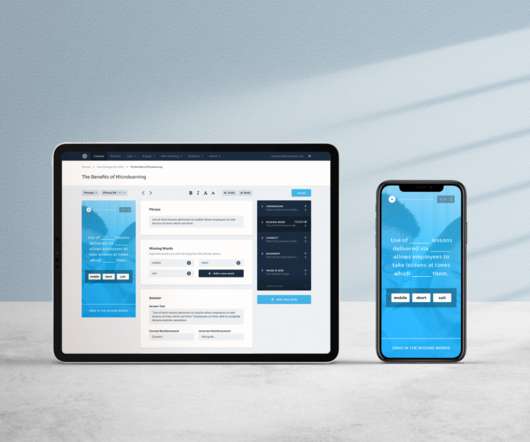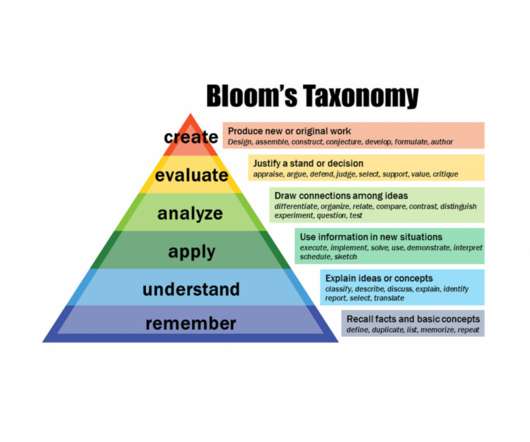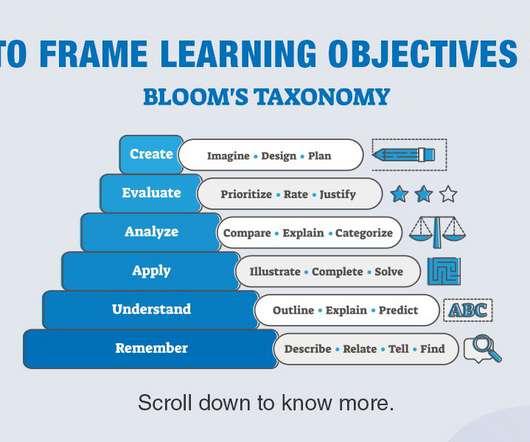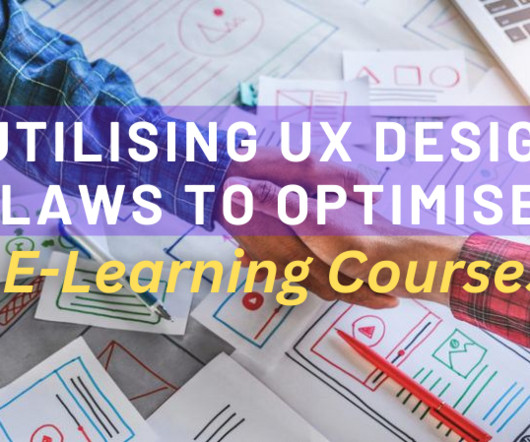Designing eLearning using Anderson's Revised Bloom's Taxonomy
BrainCert
AUGUST 25, 2023
Anderson's Revised Bloom's Taxonomy has been widely used as a framework for designing educational curricula. Understanding Anderson's Revised Bloom's Taxonomy Before getting started with its application in eLearning, let's briefly revisit Anderson's Revised Bloom's Taxonomy.
















































Let's personalize your content